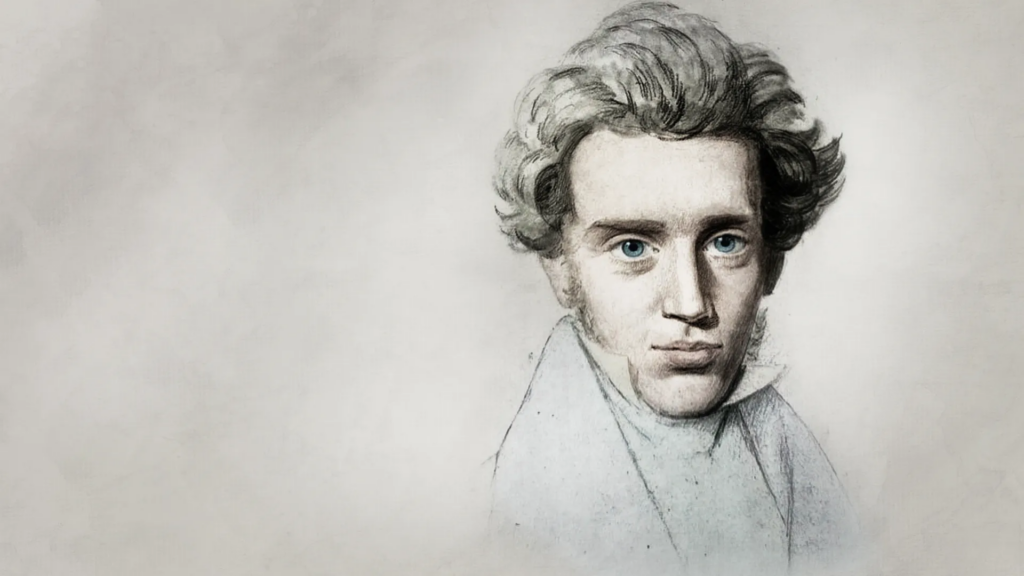Sor Juana Inés de la Cruz: studying to understand
Some brief writings to read calmly, meditating on the rich horizons of humanistic formation and freedom of spirit

“I do not study to write, much less to teach (which was excessive pride in me), but only to see if by studying I know less.” These words are from Sor Inés de la Cruz (1648-1695), a Mexican Hieronymite nun, and writer of the late Spanish Baroque, collected in a recent publication Against the Ignorance of Women (Taurus, 2023) composed of two of her writings: Response to Sor Filotea de la Cruz (1891) and Letter to her confessor “Spiritual self-defense”. Two brief and substantial writings that give an attractive vision of the intellectual and spiritual quality of Sor Juana Inés de la Cruz. I had heard about it and finding it in this short book has been a joyful discovery, an invitation to study to understand.
In the first of the texts (Respuesta…) our author makes a brief reference to her intellectual itinerary to explain the love of literature that she had since she was little: “It is that since the first light of reason struck me, it was so vehement and the inclination to letters is powerful, that neither other people’s rebukes – of which I have had many – nor my reflections – which I have made quite a few – have been enough to stop me from following this natural impulse that God placed in me” (p. 17). She learned to read at the age of three. In her grandfather’s library, she found classical and pious books, which allowed her to move easily into the knowledge of characters from ancient and medieval cultures. In this writing, she quotes the classics and the Holy Scriptures in Latin (the edition does not include the translation into Spanish), so you have to make an effort to understand the meaning of the text (in more than one quote my rudimentary Latin has been insufficient).
She reads to study and also for fun. She was attracted to everything, hence her broad culture. A self-taught humanistic training. This exquisite culture did not go unnoticed in her time, with no shortage of misunderstandings with a dose of envy for those who considered themselves more versed in knowledge. She points it out like this: “It is less intolerable for pride to hear rebukes than it is for envy to see miracles. In all that I have said, venerable Lady, I do not want (nor would such folly be in me) to say that you have persecuted me for knowledge, but only because I have had a love for wisdom and letters, not because I have achieved either one” (pp. 39 -40). I am excited by this love for the wisdom of our author, who sought to study to escape ignorance, to better understand reality. A commitment that, both for her and for us, continues throughout her life. Study, simply study, and it is not little.
The second writing is shorter and, equally, luminous. Sister Inés de la Cruz writes a letter to her spiritual director. A letter in which she defends her spiritual and intellectual disposition against the excessive demands of her spiritual director who, due to the tenor of the letter, instead of making her grow, constrains her in her path of holiness. She writes to him: “Well, why is it bad in me that which was good in everyone? Are books only in my way to save me? If I have read the prophets and profane orators, I also read the Sacred Doctors and Holy Scriptures, and to the former I cannot deny that I owe them innumerable goods and rules of good living.” Leaving aside the good intentions of her spiritual director, Sister Inés de la Cruz highlights the particular path that each soul has on its path to God; hers goes through study, artistic creation, compatible with her obligations as a religious woman. Well, “the precepts and external forces, if they are moderate and prudent, make them modest and modest; if they are too many, they make them desperate; but only the grace and help of God know how to make them saints” (p. 86). Spiritual accompaniment does not treat souls in series.
Some brief writings to read calmly, meditating on the rich horizons of humanistic training and freedom of spirit.
Related

Reversing Social Deterioration: A Task That Begins in Business Management
Alejandro Fontana
25 April, 2025
4 min

The Revolution of Tenderness
María Elizabeth de los Ríos
25 April, 2025
3 min

His Hope Does Not Die!
Mario J. Paredes
24 April, 2025
6 min

The Religious Writer with a Fighting Heart
Francisco Bobadilla
24 April, 2025
4 min
 (EN)
(EN)
 (ES)
(ES)
 (IT)
(IT)

